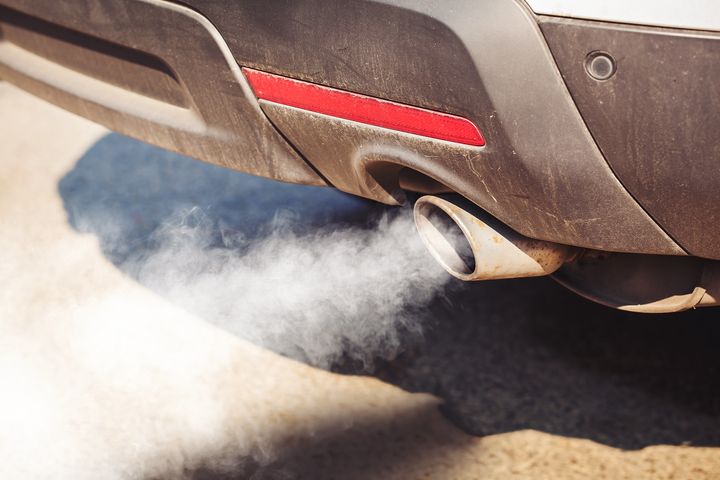Cars should be banned near schools in a bid to reduce air pollution for the sake of children’s health, a public health chief has said.
Paul Cosford, the medical director of Public Health England, said we know most of the exposure of children to air pollution is from traffic – and banning cars near schools could be a solution to this.
“If we’re trying to create an environment where it’s easier for children to walk or cycle to school than be driven to school, then one of the mechanisms could be about restricting driving access to the immediate local environment,” he told The Times.
Cars near schools is often worse by parents leaving their engines on while they do the school drop-off. “It’s not acceptable to stick pollution into the air when you don’t need to,” Cosford added. “It’s just socially good to turn your engine off and stop spewing out fumes when children are walking to school.”
[Read More: What is air pollution and what can we do about it?]

Back in September 2018, a study found that children receive 60% of their exposure to air pollution during the school run and in the playground. Peaks in children’s exposure to the pollution were recorded while they travelling to and from school and during break time when they were likely to be in the playground, the report by Unicef UK and Queen Mary, University of London showed.
“Every day, thousands of children across the UK are setting off on a toxic school run that could impact their lifespan and contribute to serious long-term health problems,” said Amy Gibbs, Unicef UK’s director of advocacy. “We cannot afford to continue to overlook this invisible but serious threat.”
Is banning cars the solution?
In response to the air quality report, Professor Jonathan Grigg of the Royal College of Paediatrics and Child Health (RCPCH), said tackling air pollution will not happen overnight, but families can reduce their own exposure to pollutants by using their own vehicles less and using public transport and active travel options like walking and cycling more. “This will also increase physical activity levels which will have major health benefits for everyone,” he said.
“But local authorities need to do their bit too. In the long term, they can expand cycle networks, introduce 20mph zones in built up areas and develop ‘islands’ of space away from traffic, for safer walking and cycling. In the short term, they can reduce the number of diesel vehicles they use and encourage staff to car share or use other travel options.”
Some parents told us on Twitter that depending on the location of some schools, it could be unrealistic – or even dangerous – for kids to walk in the exclusion zone.
But for some parents and children, alternative ways to do the school-run could be an option – so how can you help? To do your bit to cut air pollution near schools, you could collaborate with other parents in the school to run a campaign about walking or cycling to school – and reinforce the health benefits of it – just like this school did in Broxbourne.
Or, see whether it’s safe in your town, village, or city to enforce a “park and stride” campaign, like the one introduced by Meadowbank Primary School.
Point parents in the direction of the nearest local car park, or simply advise them to park a good distance away from school and walk the last five or 10 minutes of the journey (this counts towards your recommended 30 minutes of daily exercise, too).
